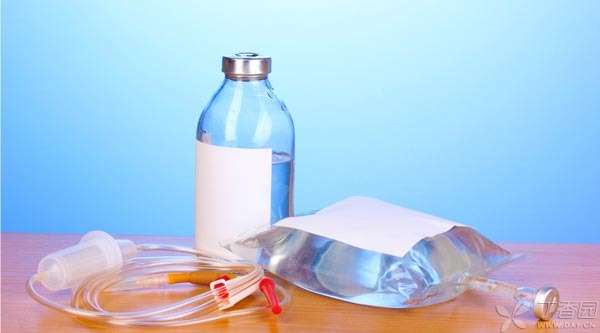
Lao Zhang next door, who is 50 years old this year, was diagnosed with diabetes last month. Doctors repeatedly told him to control his blood sugar and avoid drinking sugary drinks.
A few days ago, Lao Zhang was hospitalized again. After some examination, the doctor hung him up with a bag of glucose.
Lao Zhang wondered in his heart, are you playing monkey? Last month, I was asked to eat less sugar. How are you now? I was given glucose directly.
After reading this, you may be thinking that Lao Zhang should have met a quack.
Is this the truth? Is it absolutely impossible for diabetics to lose glucose?
Of course not, you can lose when necessary.
How terrible is glucose?
Glucose, as a source of body energy, is essential.
As a diabetic, what should be done is to control blood sugar, not to refuse glucose. Let’s do a arithmetic to see how much glucose affects blood sugar.
In a normal diet for adults, 22 rice (converted into sugar by 75%) is about 75 g glucose, while a bag of 250 mL 5% glucose injection has a sugar content of only 12.5 g, much less.
In addition, in order to reduce the direct effect of glucose on blood sugar and islets, doctors usually add insulin to glucose.
Therefore, diabetics do not have to worry too much about the use of glucose injection. They should still use glucose injection when necessary for treatment. They only need to pay attention to glucose intake and blood sugar changes.
Why do you have to give glucose?
Glucose and normal saline are commonly used in infusion. Some people may ask, since glucose affects the blood sugar of diabetic patients, why not choose normal saline?
Because they have [two big roles] and [two big differences].
Two Roles:
1. Therapeutic effects. For example, hypoglycemia, glucose transfusion when supplementing daily necessary energy, normal saline and glucose may be used when diabetic ketosis occurs.
2. Medium action. For example, antibiotics need glucose or normal saline to dissolve. Just like drinking tea, no one will eat tea directly, but soak tea polyphenols and other ingredients in tea through boiled water. Drinking tea is tea, where boiled water is the medium.
Two major differences:
1. Different essential components. Physiological saline is isotonic solution of sodium chloride; The main component of glucose solution is glucose. Therefore, there will be different choices when playing a major therapeutic role.
2. PH value is different. Glucose needs to be added with hydrochloric acid in the production process. The pH of the finished solution is mostly about 3, while normal saline is slightly higher, generally 4 ~ 5. Some drugs will be affected by pH value and [deteriorated]. For example, some antibiotics will decompose in acidic environment, leading to drug failure and even allergy.

The above [two roles] and [two differences] determine their different use environments:
- When patients have hypertension and coronary heart disease, glucose will be given priority. Because sodium salt will increase the amount of liquid in blood vessels, thus aggravating the condition of hypertension and coronary heart disease. Therefore, doctors will also urge hypertension patients [eat light diet and less salt]. For patients with renal insufficiency, urination is already a big problem. If saline is used again, Urination will be more difficult. Glucose solution is often chosen at this time. When used together with norepinephrine, travafloxacin, amiodarone, estrostin sodium phosphate and other drugs, We will not choose normal saline because normal saline will [deteriorate] the above drugs. At this time, we have to choose glucose solution. In case of hypoglycemia and hyperkalemia, glucose will also be selected for therapeutic purposes.
Not to make a hasty decision [between losing and not losing]
Let’s go back to Lao Zhang to have a look. At that time, after a series of inspections, The doctor chose an antibiotic according to Lao Zhang’s condition. However, the antibiotic will precipitate when it comes into contact with normal saline, so the doctor had to choose glucose. However, considering Lao Zhang still has diabetes, he added a neutralized amount of insulin to the glucose and closely monitored blood sugar.
In this way, Mr. Zhang’s infection was treated and the influence of glucose on blood sugar was avoided as much as possible.
Therefore, diabetes is not absolutely forbidden to glucose. Whether to lose or not depends on the patient’s condition. Under non-special circumstances, doctors will of course choose normal saline. Under special circumstances, the use of glucose is also reasonable.
What a patient should do is to tell his diabetes history truthfully when the doctor asks about the medical history, so that the doctor can make the best decision.
